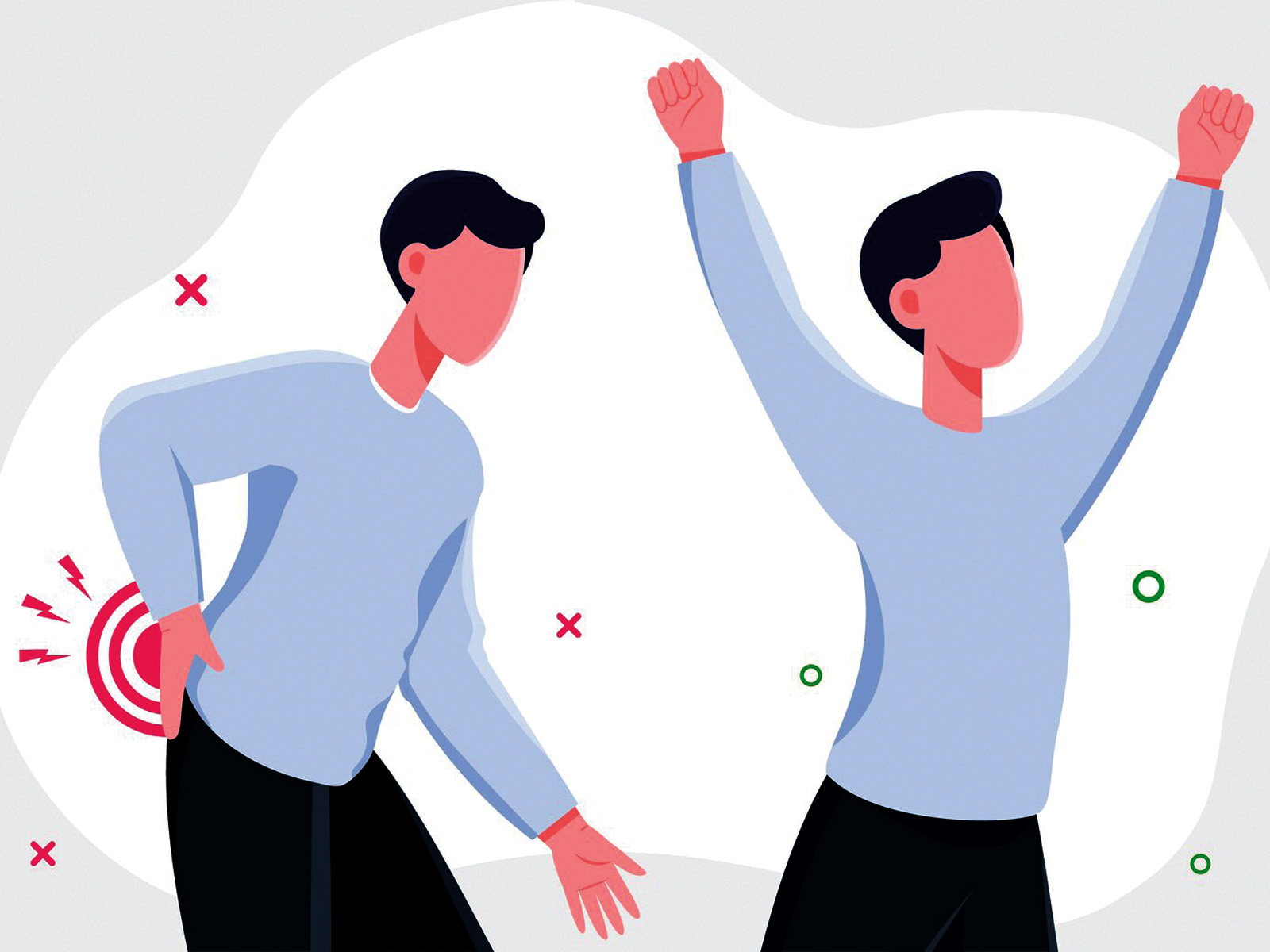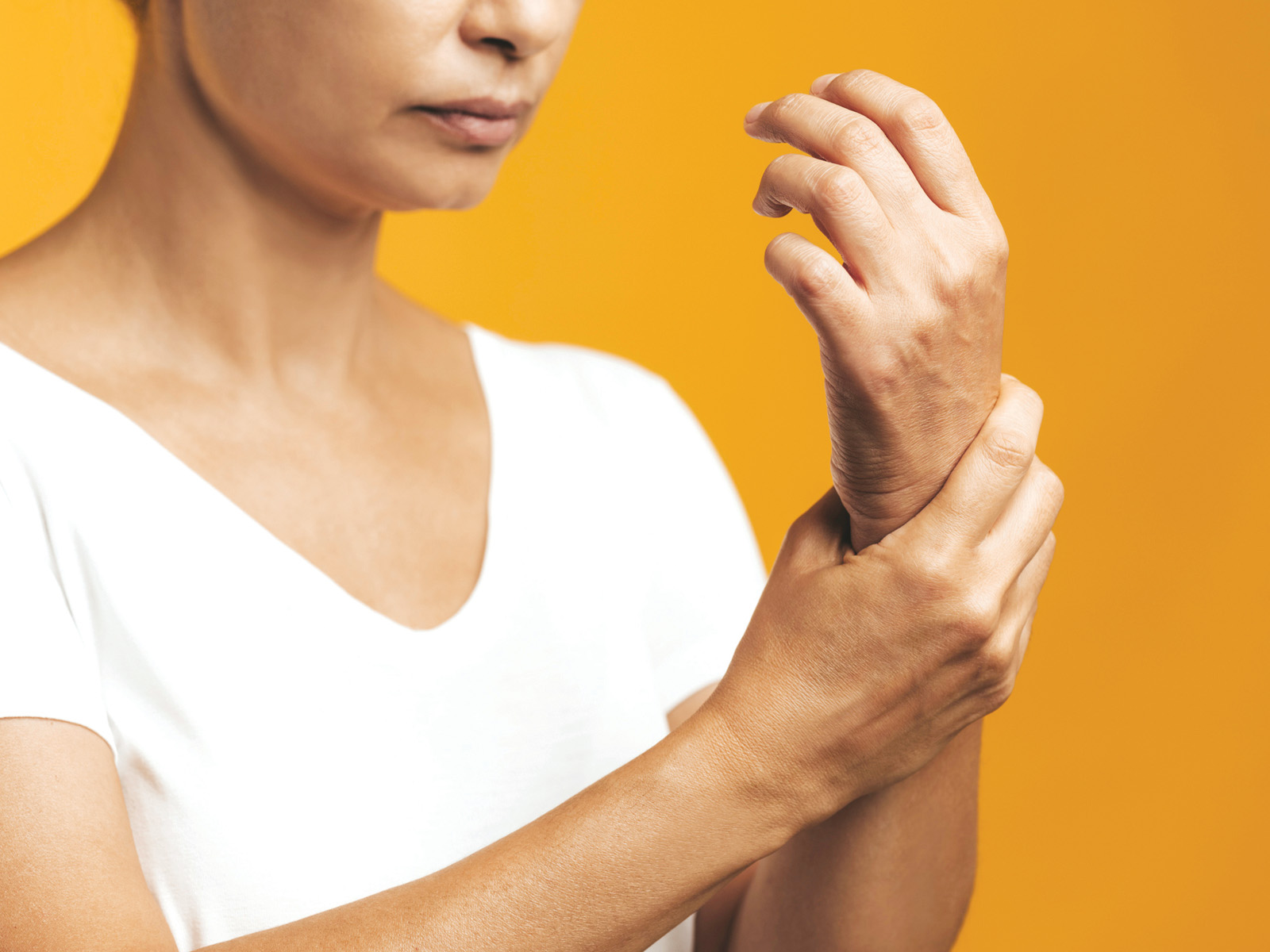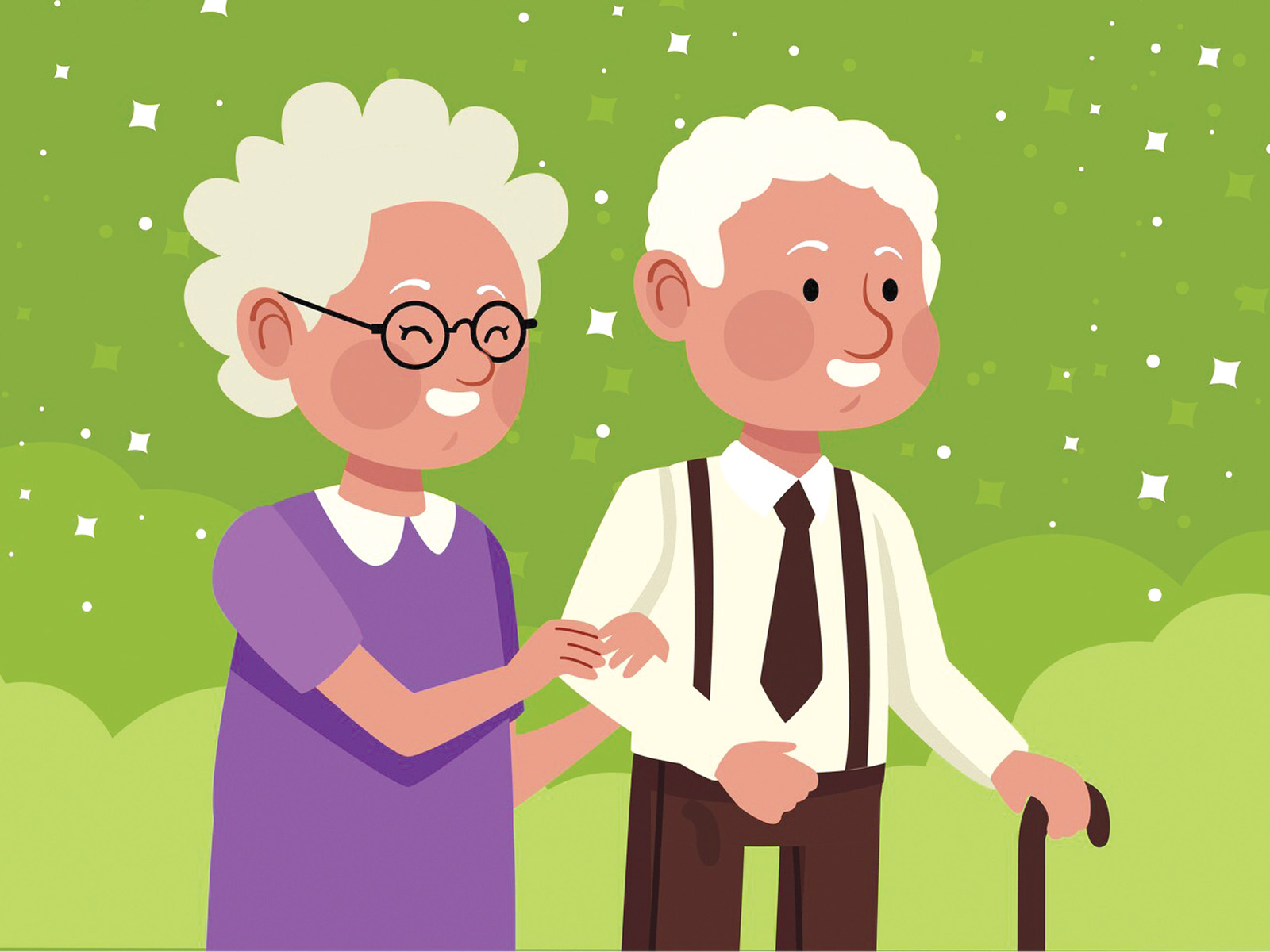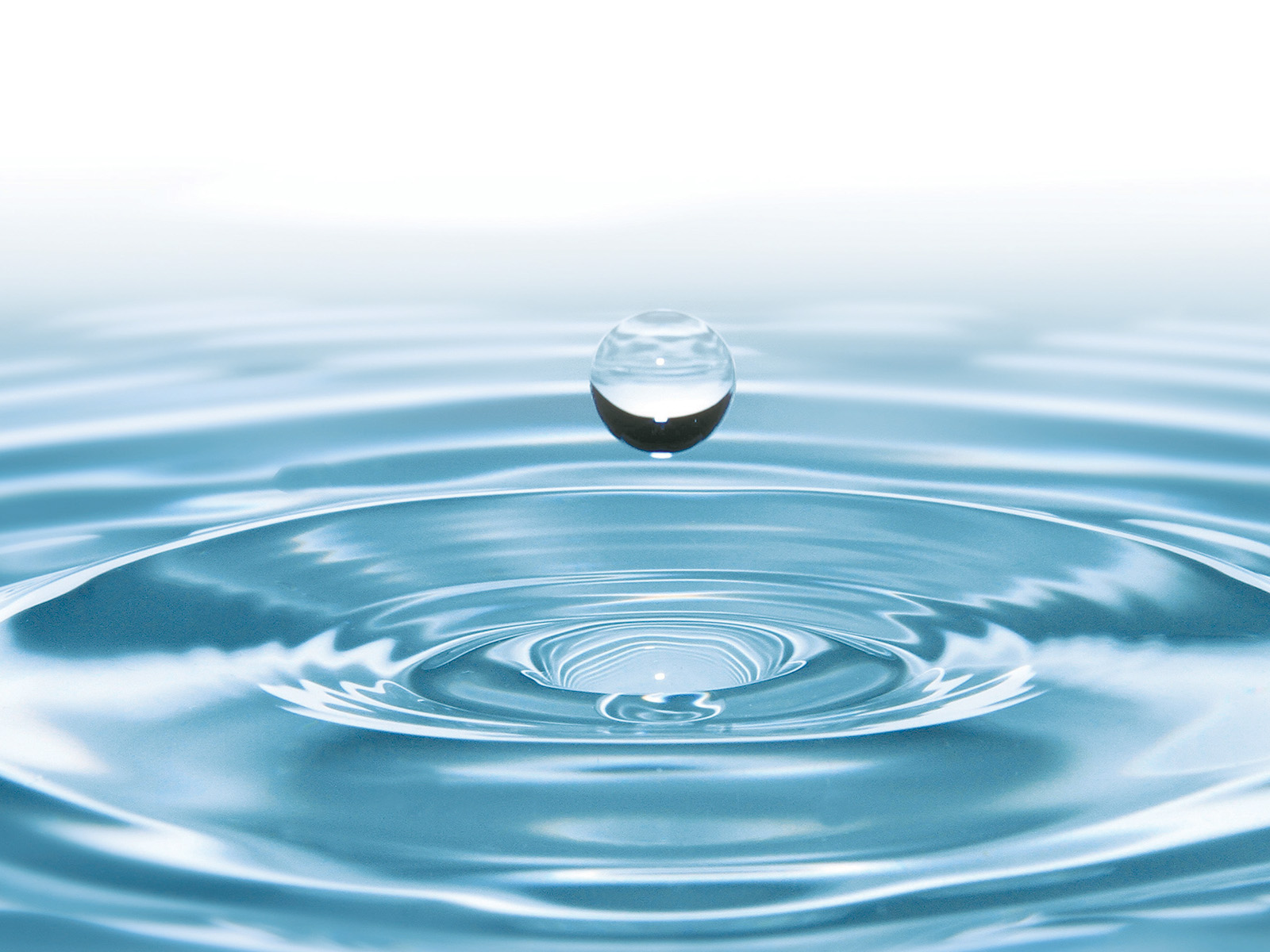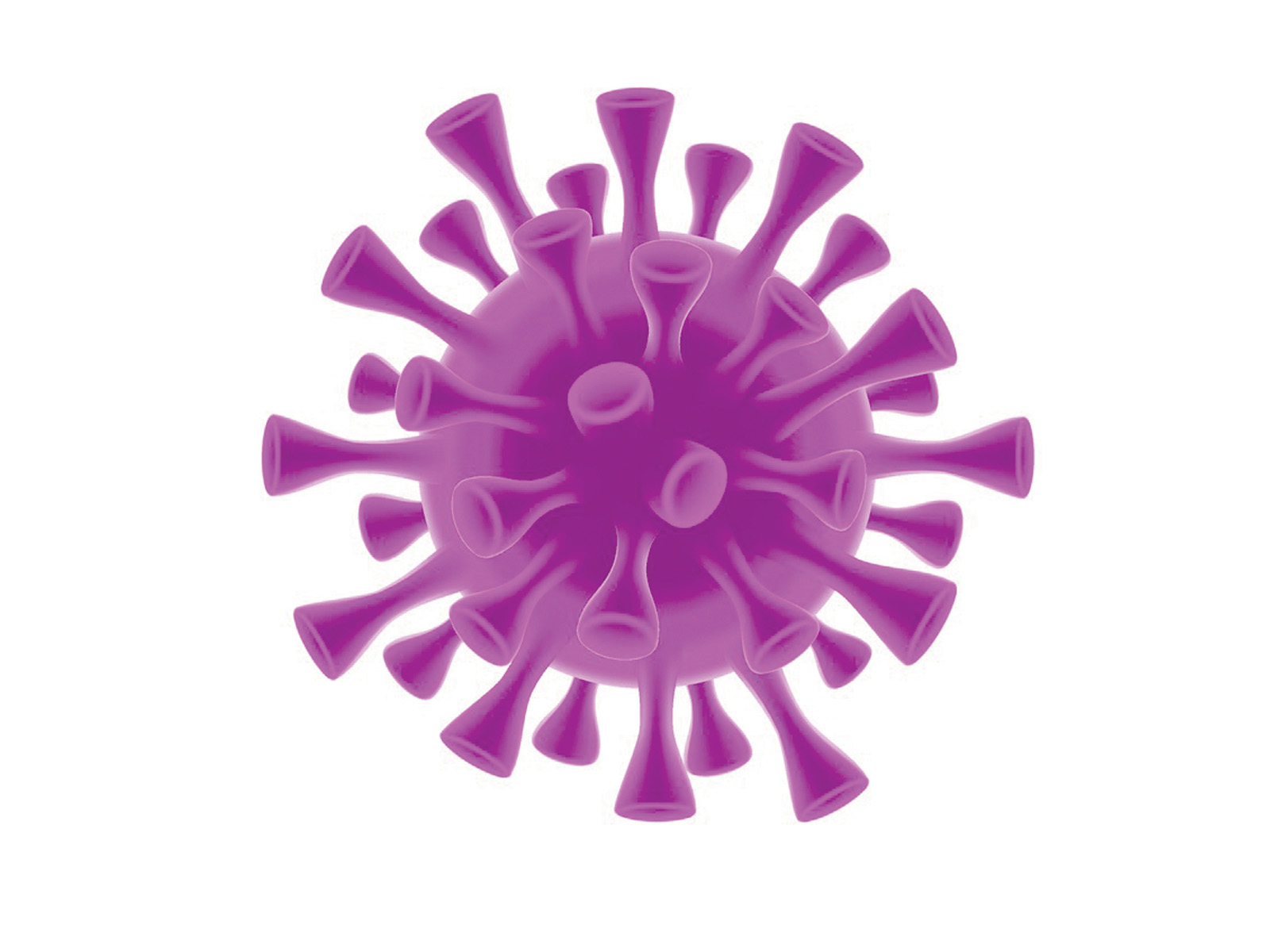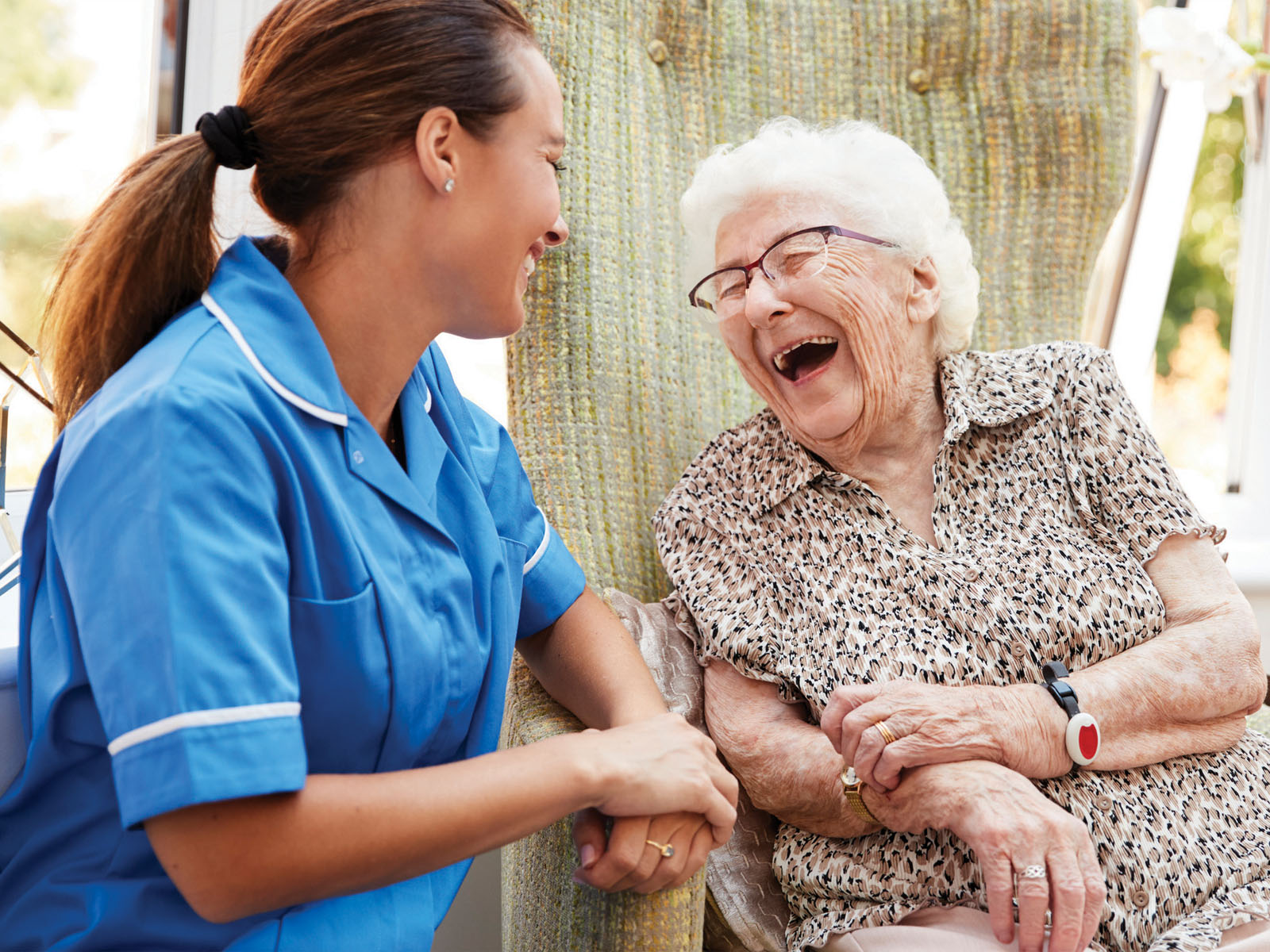How’s your hearing?
Most people put off getting their hearing checked. However when left unattended, hearing loss can lead to depression, social isolation, and poor quality of life. Once you’ve reached 60, getting screened every 3 years for hearing loss can help ensure you’re getting the treatment you may need—hear hear!
New chronic back pain treatment
Hope comes with the introduction of a new treatment that focuses on retraining how the back and the brain communicate. Researchers say sensorimotor retraining alters how people think about their body in pain, how they process sensory information from their back and how they move their back during activities.
How common is arthritis?
About 6 million Canadians (1 in 5 adults) have arthritis, and its impacts extend even to their family members, caregivers and friends. Support needed might include taking more frequent breaks, use of assistive devices, and physiotherapy.
Sexual safety
Do I still need to use protection? The short answer is yes. Age doesn’t protect us from STIs, which are common. In fact, STI rates among older adults are increasing. Many infections are asymptomatic or, if symptoms are present, can mimic the normal signs of aging and can easily be overlooked. The lack of sexual health information and delays to diagnoses and treatment are key contributors. Routine testing is important at all ages, even if you feel fine.
“Blue space” and mental health
Recent research suggests there are benefits tied to being near water, or what experts call “blue spaces,” such as:
• It creates a sense of awe
• The sound, smell and sight of water is a soothing sensory experience
• It facilitates mindfulness and reflection
• If getting to a body of water is a challenge, you can get some of these benefits from listening or watching videos of the ocean or a river flowing.
Long COVID keeping you up at night?
Sleep disturbances among long-haulers appear to be quite common. Roughly 67% of people reported at least moderate fatigue, while nearly 22% had severe fatigue.


